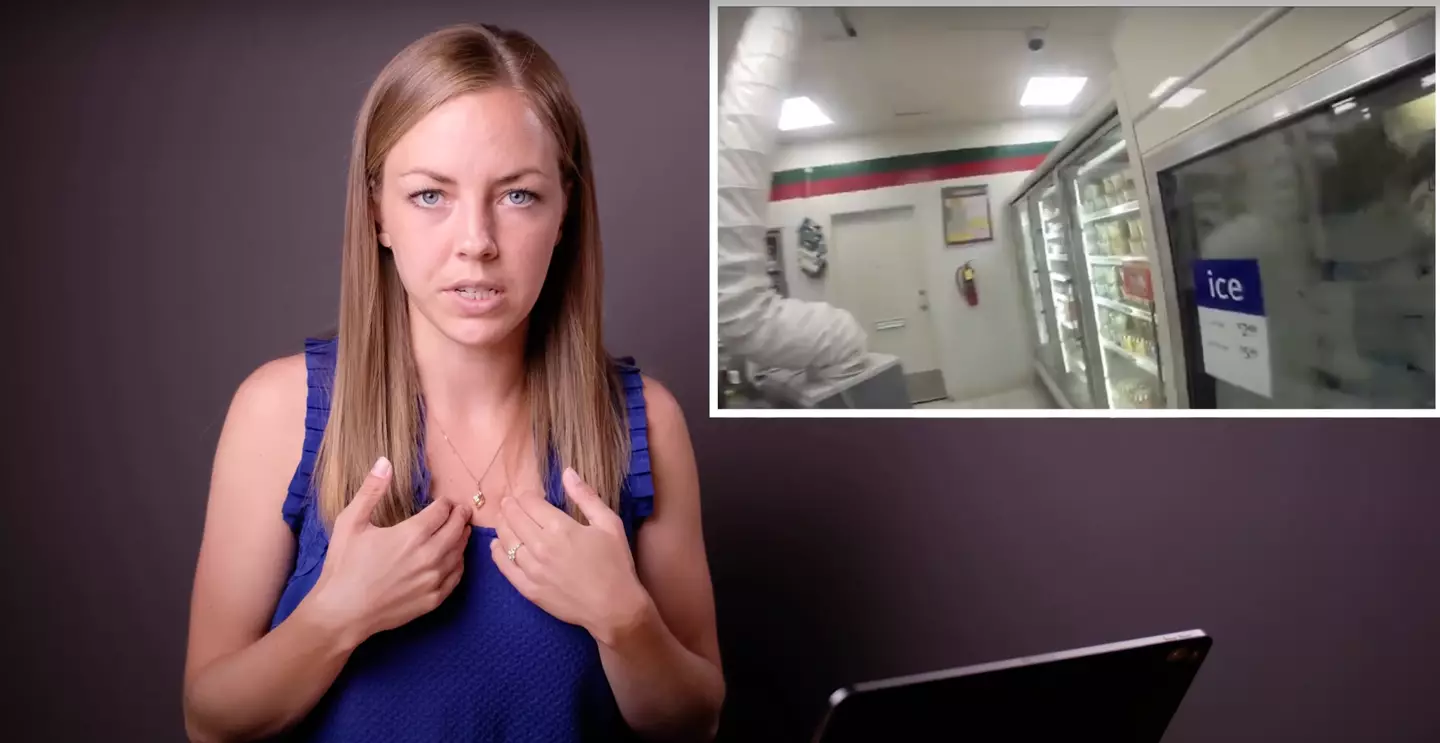
Warning: Contains references to schizophrenia, schizophrenic experiences and reference to self-harm
A schizophrenia simulation video has attempted to shed light on what it's like to suffer from the mental health disorder.
The simulation allows people without the diagnosis to experience symptoms of the mental health condition, with many describing it as 'terrifying' and one woman with the condition speaking out on whether it is truly accurate or not.
Advert
Watch the simulation below:
According to Rethink Mental Illness, schizophrenia affects around 1 in every 100 people.
It categorises schizophrenia as: "A mental illness which affects the way you think."
Advert
The site explains that with schizophrenia comes both 'positive' and 'negative' symptoms.
'Positive' symptoms include the experience of certain things that are an 'addition' to one's reality, which can involve seeing or hearing things that other people cannot.
'Negative' symptoms revolve more around the loss of ability to do something such as losing motivation or socially withdrawing.
In video simulations, people have attempted to recreate these exact conditions that an individual diagnosed with schizophrenia may face.
Advert

The POV simulation begins with a man walking up to a supermarket.
Immediately, examples of these 'positive symptoms' take place.
Other voices can be heard saying "this is pointless", "even that kid knows you're stupid" and "don't go in there" as the man enters the shop.
Advert
Upon entering, more voices say "don't go in there", "nobody cares about you" and "the wine bottles are listening to you".
A mix of insults, paranoia, intrusive thoughts and startling commands from an array of different voices follow as the simulation proceeds.
The video continues with the man leaving the supermarket as the voices speed up in unison telling him to take his own life, "run" and "die".
Upon getting home, a voice can be heard saying "you think you're safe but you're not" while other voices laugh and sing "you're not alone" and "you can't hide".
Advert

The simulation, which has over 898,000 views, is clearly distressing for viewers and many have commented on the accuracy of the video.
While some found the simulation 'realistic', a woman with diagnosed schizoaffective disorder explained in a separate YouTube video exactly which parts of the video were accurate.
Lauren noted that the man's own internal dialogue, namely shouting 'look out' when a child ran past, was 'kinda accurate'.
Advert
She noted that "it does feel like you're over-sensitive to a lot of stimuli" so if an 'unexpected' stimulus runs by, it can be a 'little jarring'.
Then, speaking about the several different voices, Lauren revealed she only hears 'one voice' typically which she has identified and named as 'Jennifer'.
"When I'm experiencing intense psychosis, this is kinda of what the dialogue is like," she explained.
"It's kind of harsh and not very nice to say and giving you command hallucinations [...] so that's kind of accurate as well."
Advert

Lauren also added that it was 'a little accurate' when the hallucinations begin interacting with real people in the simulation.
"There's that kind of tone to things when other people are around," she said.
She continued: "I like that they incorporated [...] stimulus moving around because that's kind of what it's like."
Advert
Noting the 'common delusions', 'intrusive thoughts' and references to 'self-harm' related to schizophrenia, Lauren also explained that it's easy to get 'sucked in' to certain thought narratives.
Lauren concluded: "It's kind of an accurate portrayal of how disorientating the voices that you can hear [...] can be really overwhelming.
"I think the whole video was a little sensationalised but overall, I think it was a pretty good representation of what it's like."
If you're experiencing distressing thoughts and feelings, the Campaign Against Living Miserably (CALM) is there to support you. They're open from 5pm–midnight, 365 days a year. Their national number is 0800 58 58 58 and they also have a webchat service if you're not comfortable talking on the phone
Topics: Mental Health, Technology, Science